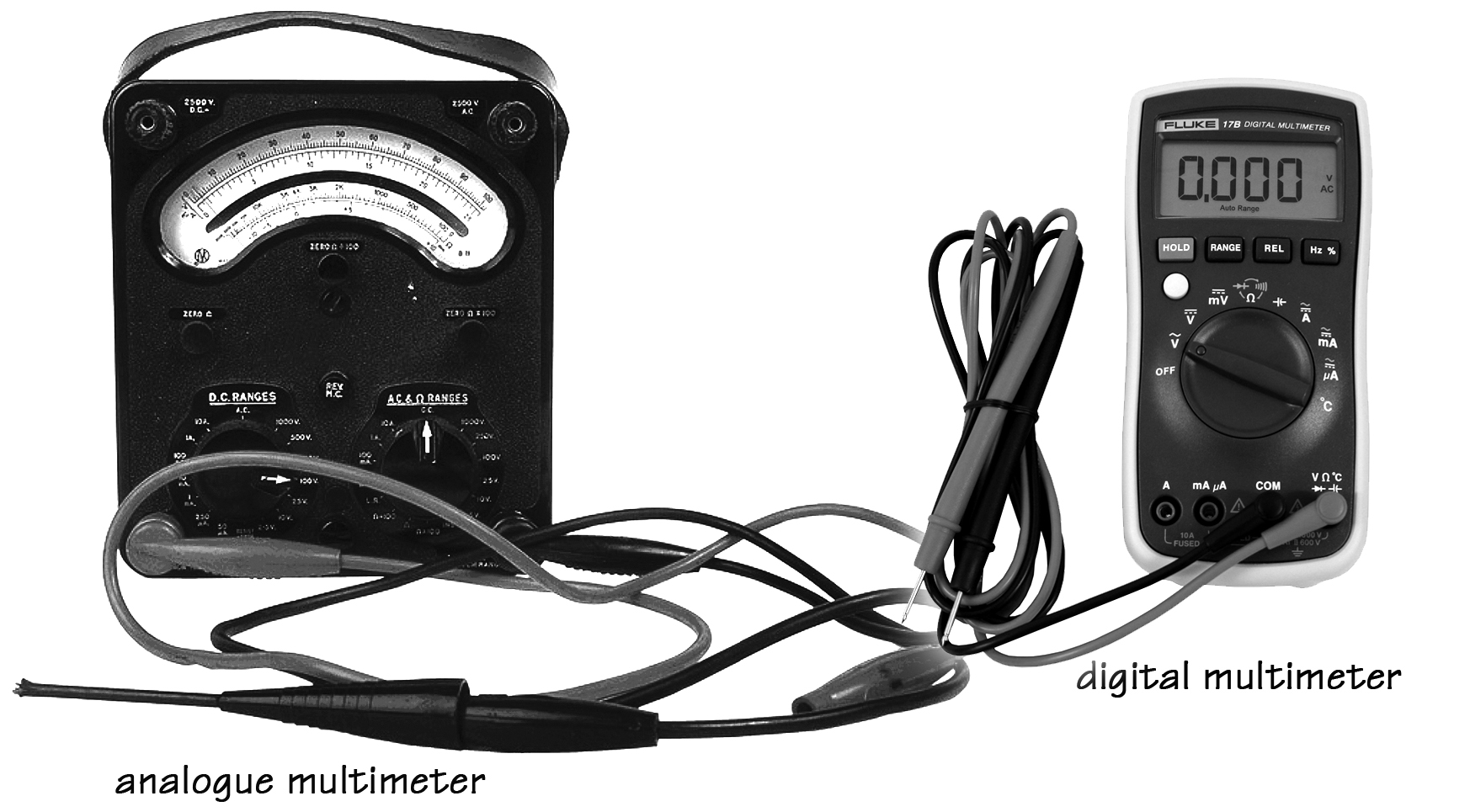
- •Unit 1 the profession of an electrician
- •1. Learn the words
- •2. Make the word combinations.
- •3. Answer the questions.
- •4. What is electricity?
- •5. Did you know?..
- •6. Read the text, translate the words in bold.
- •Unit 2 electrical safety rules
- •1. Learn the words
- •2. Make the word combinations. 3. Find the odd word in each line.
- •4. Learn the safety rules.
- •5. Continue the safety rule.
- •6. Find the English equivalents in b to the Russian words in a.
- •7. Translate into English.
- •8. Read the text and translate it.
- •9. Answer the questions.
- •10. Write a memory card with safety rules for beginners who start working with electricity. Unit 3 electrical measuring instruments
- •1. Do you know
- •3. Make the word combinations.
- •4. Make the sentences out of the given words.
- •5. Learn the following information.
- •6. Answer the questions.
- •7 . Read the text. Translate the words in bold.
- •8. What are the rules of using the following measuring instruments?
- •Match the circuit symbols unit 4 electricity basics
- •Learn the following information.
- •Compare the series circuit and the parallel circuit.
- •Which ammeter correctly measures the current flowing through r1? r2?
- •Which ammeter correctly measures the total current?
- •If the Voltmeter reads 20 V and the ammeter reads 1a solve for the equivalent resistance Req.
- •Read the text.
- •Compare the two types of current.
- •L ook at the pictures and describe them.
- •Draw the scheme of distribution and delivery of electrical current to consumers.
- •Read the text eectrical generator
- •Unit 6 electrical installation work
- •1. Make up the word combinations. B)
- •2. Group the words.
- •3. Read and translate the text.
- •4. Learn the words. Top 12 Electrical Tools
- •5.Read the text and fill in the table. Tools Needed By Electricians
- •6. What work is an electrician doing in the pictures? What tools does he use?
- •7. Translate into English and make up the sentences with these words.
5. Learn the following information.
|
|
|
Electrical Measuring Instruments |
|
|
|
|
|
||||||||||||||||||||||||
|
|
|
|
|
|
|
|
|
|
|
|
|
||||||||||||||||||||
|
|
|
|
|
|
|
|
|
|
|
|
|
|
|||||||||||||||||||
ammeter |
voltmeter |
ohmmeter |
|
|
||||||||||||||||||||||||||||
measures current |
measures voltage |
measures resistance |
|
|
|
|
||||||||||||||||||||||||||
circuit symbol: |
circuit symbol: |
circuit symbol: |
|
|
|
|
||||||||||||||||||||||||||
|
|
|
|
|
||||||||||||||||||||||||||||
|
|
|
|
|
||||||||||||||||||||||||||||
|
|
|
||||||||||||||||||||||||||||||
fig. 4 |
|
|||||||||||||||||||||||||||||||
|
|
|
|
|||||||||||||||||||||||||||||
Electricians use a multimeter, either analogue or digital, which combines the functions of three separate instruments. A horseshoe-style permanent magnet, together with a pair of shaped pole-pieces and an iron cylinder, called a ‘concentrator’ form the instrument’s magnetic circuit. The concentrator doesn’t rotate, but is fixed in place between the pole pieces by means of a pair of non-magnetic brackets.
The purpose of the pole pieces and concentrator is to minimise the width of the airgap and to achieve a uniformly-distributed radial magnetic field of maximum flux density within that gap.
The instrument’s coil is manufactured from fine insulated copper wire, wound around a rectangular-shaped aluminium ‘former’, which is pivoted on frictionless, jewelled, bearings so that it can rotate through a limited arc within the narrow air gap. A pointer, attached to the coil assembly, moves across a scale as the coil rotates through its arc. The moving coil is electrically connected to the external circuit via a pair of coiled hairsprings, located at opposite ends of the coil, which also act to control the movement of the coil, and to restore the coil and pointer to their ‘rest’ (or ‘zero’) position when there is no current.
To prevent the pointer from oscillating whenever it comes to rest, it must be ‘damped’. The scale across which the moving-coil’s pointer moves, is linear —that is, its graduations are evenly-spaced. Linear scales, of course, are relatively easy to read, and is one of the major advantages of a moving-coil movement compared with other types of meter movement such as ‘moving iron’ instruments in which the scale’s graduations vary. All analogue instruments incorporate a mechanical zero set adjustment for precisely locating the pointer over the scale’s zero position. With moving-coil instruments, this is normally provided by an eccentric-screw arrangement which will slightly adjust the ‘relaxed’ position of the hairsprings, enabling the pointer to be brought exactly over its zero position. This action should always be performed before using an instrument to make measurements.

